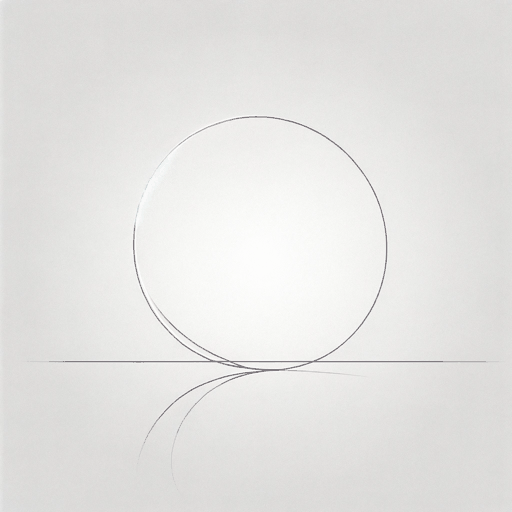23 pages • 46 minutes read
AnonymousThe Wanderer
Fiction | Poem | Adult | Published in 950A modern alternative to SparkNotes and CliffsNotes, SuperSummary offers high-quality Study Guides with detailed chapter summaries and analysis of major themes, characters, and more.
Literary Devices
Form and Meter
Although its themes of exploring existential loneliness in a harsh and ungiving world resonate with many contemporary readers, the form of The Wanderer reveals its Medieval roots. Like other British poems preserved from the Middle Ages, the poem’s form and meter reflect the cultural perception of poetry as a public art form. Without widespread access to print media, poems were regarded as public events. They were designed to be recited by traveling minstrels who would present their works to audiences, sometimes in public gatherings or in the great courts of local lords on special occasions.
In this, The Wanderer appears to be an exceptional expression of Medieval literature, as the poem, minus the framing first and last stanzas that reflect the work of a later editor, is essentially an interior monologue. The heroic character struggles to come to terms with his profound physical and spiritual isolation. Given its emotional gravitas and forbidding angst, the poem would not have fit easily within public recitations. Medieval scholars suggest the text, which was certainly recited, was more a reflective text, a rare work for private contemplation.
Despite generations of editors retranslating and revisiting the poem’s form, stanza breaks have remained constant through successive versions.
Related Titles
By Anonymous

Arabian Nights
Anonymous
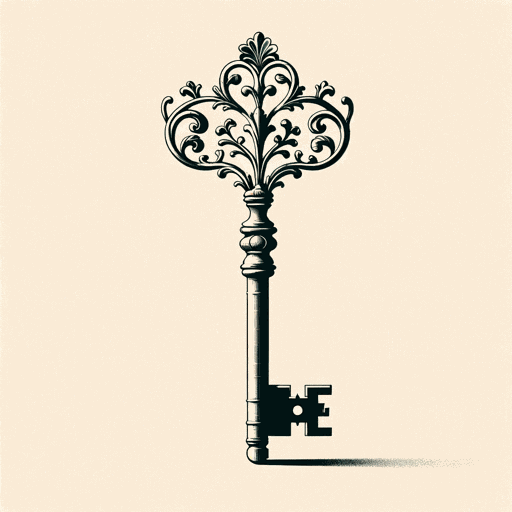
Arden of Faversham
Anonymous

A Woman in Berlin
Anonymous

Bible (New Testament): English Standard Version
Anonymous
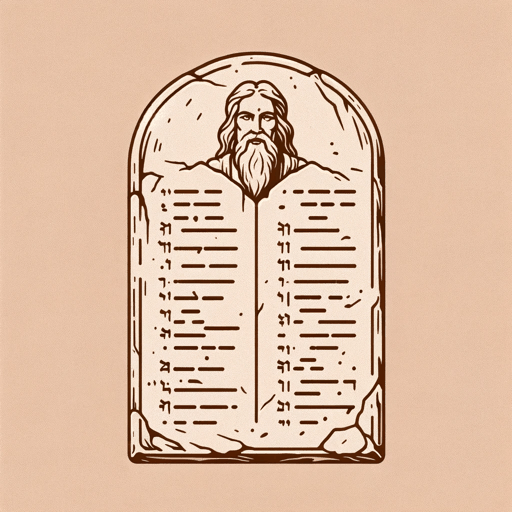
Bible: Old Testament: English Standard Version
Anonymous

Deuteronomy
Anonymous

Diary of an Oxygen Thief
Anonymous

Do Not Stand at My Grave and Weep
Anonymous
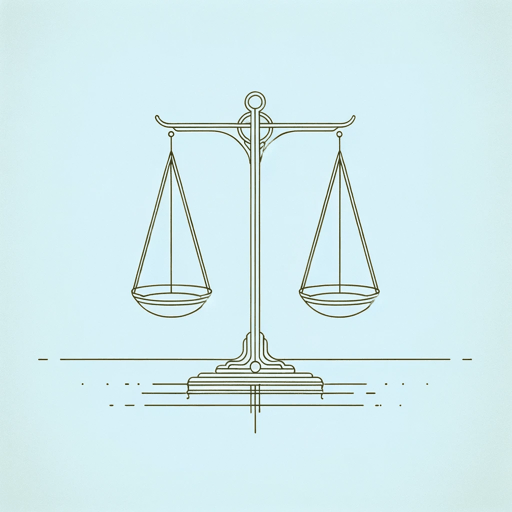
Everyman
Anonymous

Hebrew Bible
Anonymous

Holy Bible
Anonymous

Homeric Hymns
Anonymous

Judith
Anonymous

Laxdaela Saga
Anonymous

Lazarillo De Tormes
Anonymous

Mahabharata
Anonymous
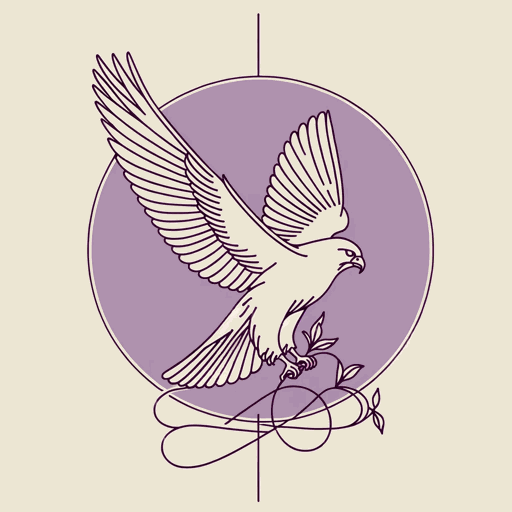
Nibelungenlied
Anonymous

Njals Saga
Anonymous

One Thousand and One Nights
Anonymous

Popol Vuh
Anonymous
